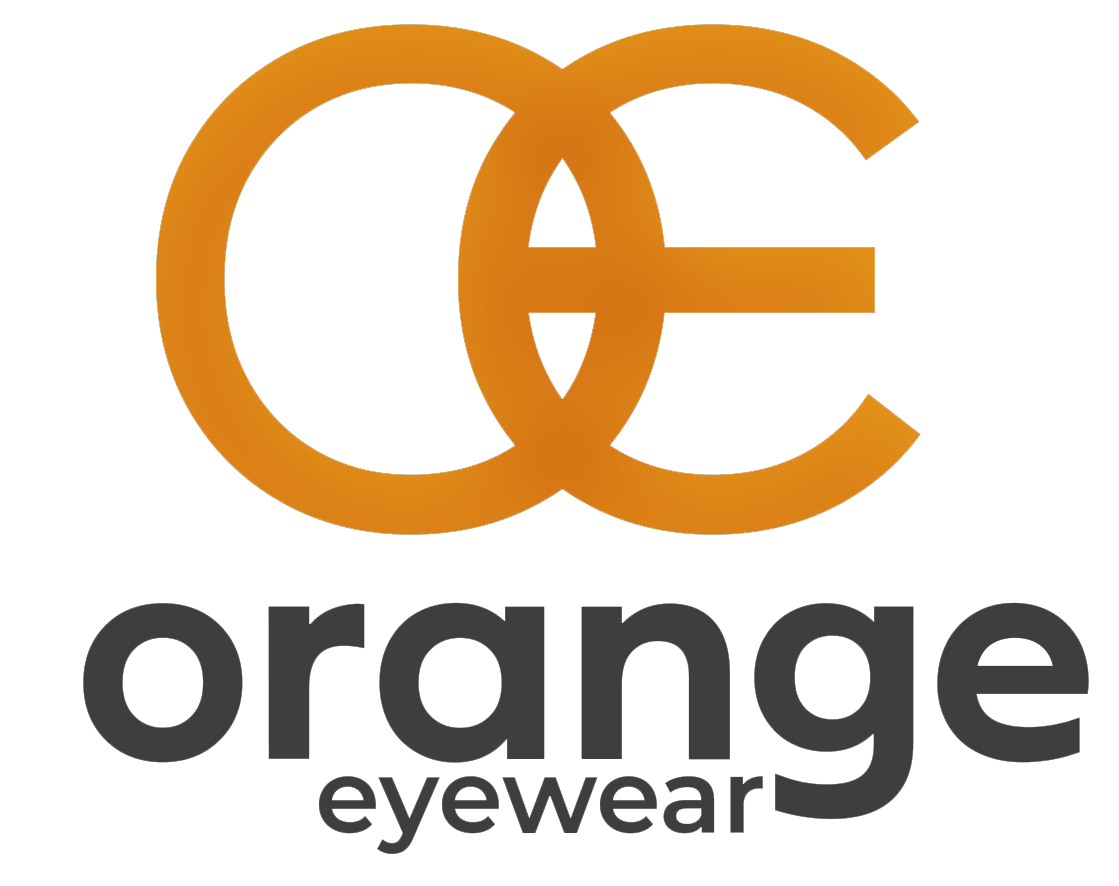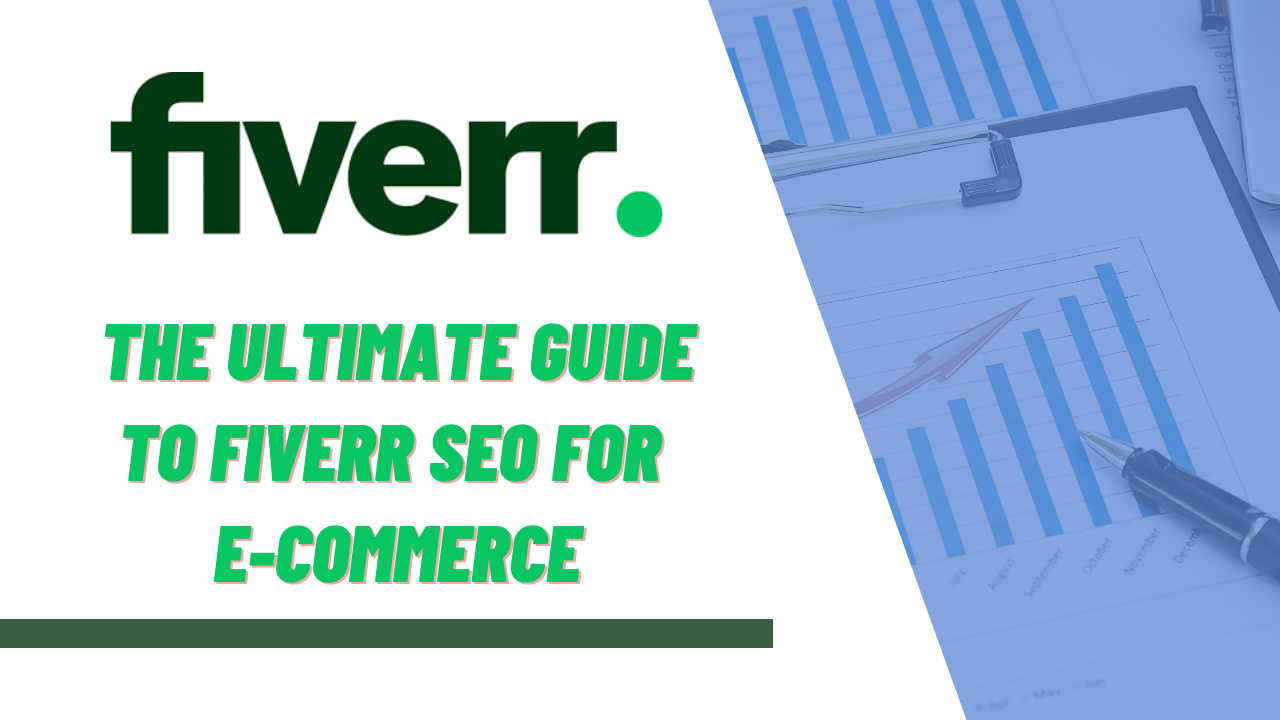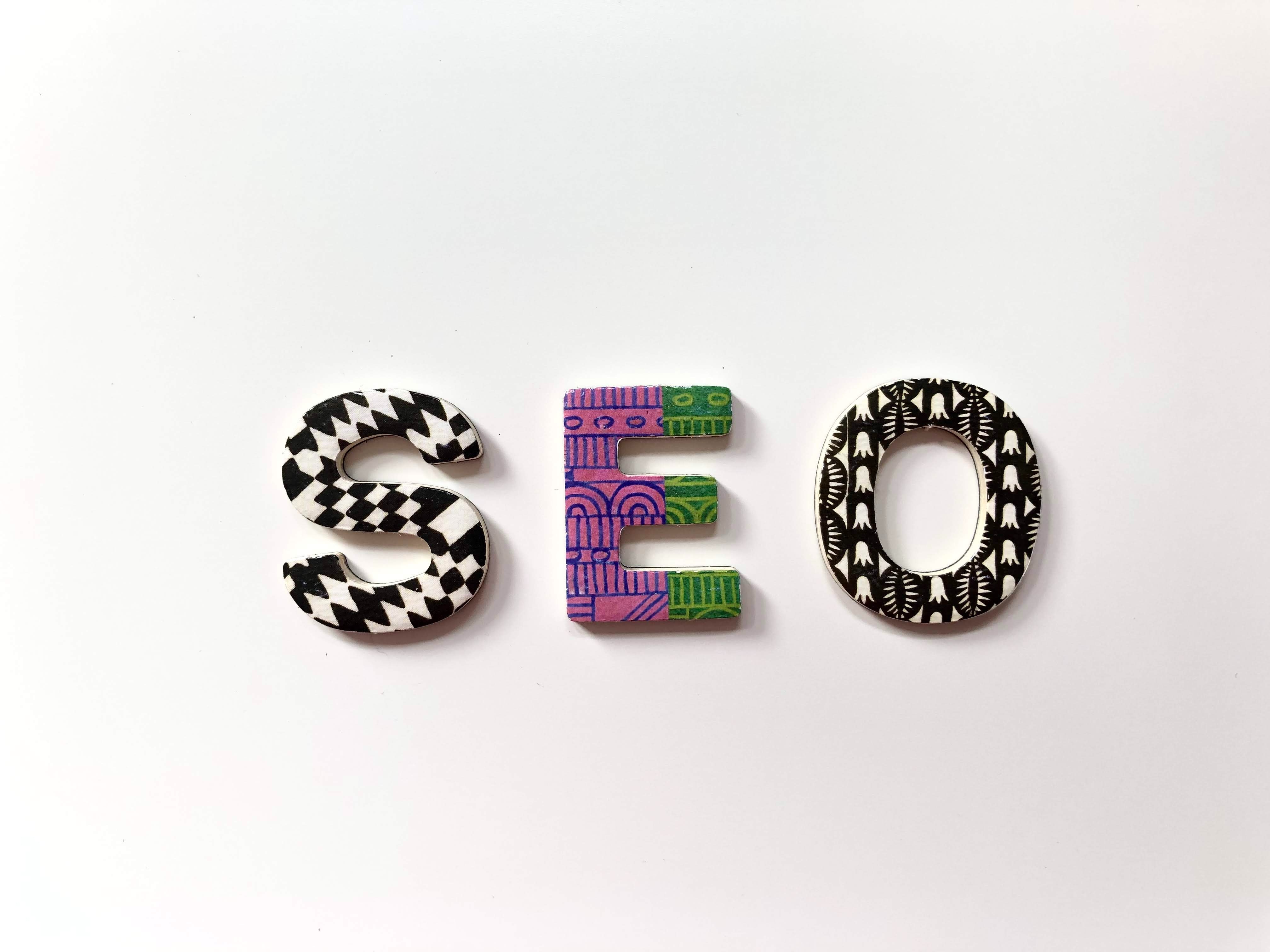
The SEO industry is not very popular among bloggers; that is true. But it's also true that if you want success for your blog you must at least learn the basics. We had a short series here on Blogger Babes about the connection between Search Engine Optimization and quality content, incoming links, and social media. And you can also check our on-page SEO tips, or how to optimize a blog for search.
If you are just getting started with SEO and some of the common terms still confuse you, below you'll find the ten most basic you can start from. Bookmark this page for future reference, and drop a comment if you like to share some other SEO terms you think would be good for newbie bloggers to know:
1. SEM (Search Engine Marketing):
SEM involves marketing products and services via search engines to increase profits and build awareness among searchers. It's divided into SEO(Search Engine Optimization) and PPC (Pay Per Click) advertising. SEO is the practice of optimizing blogs and website content so their pages will appear higher in the organic search results. PPC is paying the engines to list you higher.
2. SERP (Search Engine Results Page):
It is the page with results that you get after you search any engine for a query. Every blogger and business out there strives to get as higher as possible in SERPs rankings to increase their visibility, trust amid searchers, and amount of organic, natural traffic.
3. Search Engine Algorithm:
The algorithm is a formula designed by search engine engineers to find, rank, and list the most relevant web pages in the SERPs for any searched keyword. In their goal to provide us, users, with only the best results, Google needs to update and improve the search engine algorithm, and that's what Panda, Penguin, Hummingbird, and who knows what other future animals, actually are. Follow the link for Backlinko's list of Google's 200 ranking factors after the most recent algorithm update Hummingbird in 2013. It includes title tags, the domain age, keyword density, page loading speed, PageRank value, the blog content, and so on.
4. PageRank:
PageRank is the first and most used Google algorithm created to measure the relative importance of pages around the Web. It basically counts the number and quality of links to a certain page, - the higher their value, the greater the chances that the page is more important.
5. Backlinks:
Also known as inbound, or incoming links, are simply links to your blog pages from other blogs and websites. These are exactly the links that Google measures (in quantity and quality) to determine your PageRank, which then influences your search rankings. As you can see everything is interconnected, and by improving just one SEO element on your blog you are already fixing other related issues as well.
6. Anchor text:
Anchor text is the clickable text of the links. If the anchor texts of your backlinks are rich with your target keywords, it will help boost your rankings as Google's algorithm will associate this text with your blog content. For example, if your blog is about 'women fashion', it would be best if your backlinks have this keyword in their anchor text instead of 'click here' or 'click the link'.
7. Title Tag:
Title tag is the actual title of a blog page. It must be unique, relevant to the content of your page, and it must include the main keyword you target with that page. In fact, the title tag should start with a keyword, as it is one of the most important SEO signals inside Google's search algorithm.
8. Meta Tags:
Meta tags are elements in your blog's HTML coding that give search engines information about the content on each of your blog pages. This information is not visible to human visitors, but it can really change the position of your blog posts in the SERPs if you have a well-written title tag and description, with the main keyword included.
9. Keyword Density:
The keyword density shows the percentage of a used keyword or phrase from the total word count on a page. To calculate it just divide the number of times you've used your keyword in the post with the total number of words, and multiply with one hundred. Though keyword density has lost its meaning from the late 1990s, it's still an important signal for Google determining the topic of your blog pages, and one of their over-200. Even so, do not overstuff.
10. Keyword Stuffing:
Keyword stuffing simply means overusing keywords, and artificially inflating the density inside the website content. This over-optimization can happen to header tags, meta tags, and other on-page factors, and if Google notices you are doing it to trick the algorithm, they may get you penalized.
Original Source: Bloggerbabes















Post Your Comment
Comments